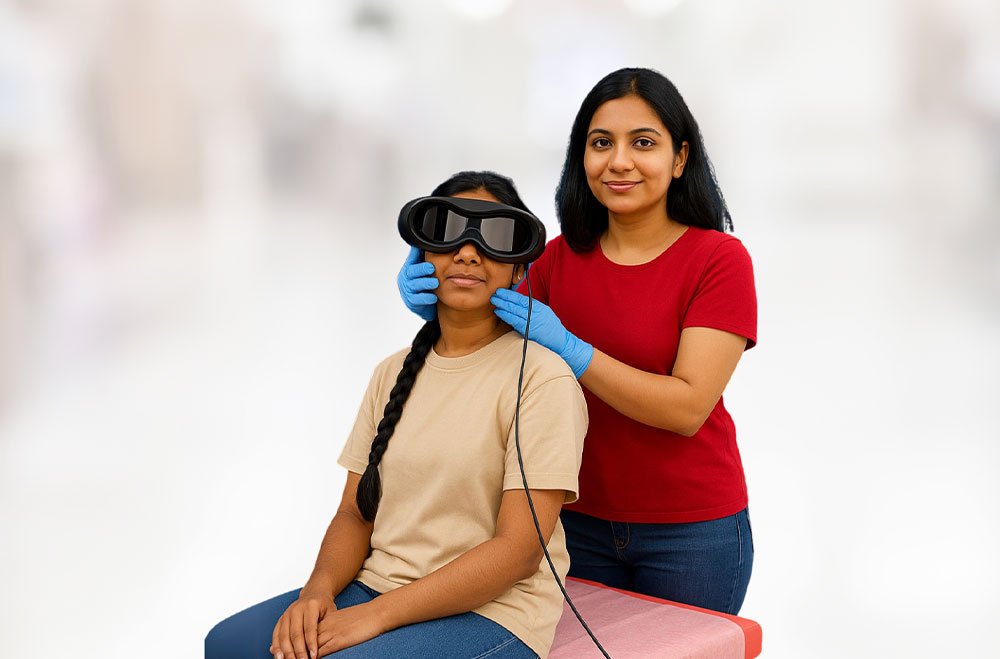Have you ever stood up a little too fast and felt like the room did a slow, lazy spin around you? Harmless, right? But imagine that dizzy spell showing up without an invitation—at work, while crossing the street, even when you’re just sitting still. That’s vertigo, and it can turn life upside down in a heartbeat.
And guess what? Diagnosing vertigo used to be a bit of a guessing game. But not anymore, thanks to a clever little thing called ideonystagmography, or just VNG if you don’t have the time for tongue-twisters. Let’s talk about how this test is changing the game—and maybe saving a few social events along the way.
What’s the Big Deal About Vertigo Anyway?
First, a little housekeeping: vertigo isn’t just “feeling dizzy.” It’s a full-blown illusion that you—or the world around you—is spinning, tilting, or shifting. It’s not just uncomfortable; it can be downright terrifying.
Common causes of vertigo include:
- Inner ear problems (like BPPV or vestibular neuritis)
- Migraine-related issues
- Meniere’s disease
- Even certain neurological conditions
Now, here’s the kicker—because vertigo symptoms can overlap with dozens of other health problems, pinpointing the real cause needs more than a quick glance and a “hmm, looks like vertigo to me.” That’s where a VNG test comes in, acting like your body’s very own private detective.
Enter VNG: Your Inner Ear’s Private Investigator
You know what? If our balance system had a superhero, it would probably be VNG. Videonystagmography is a non-invasive, super-smart test that tracks your eye movements to understand how well your inner ear and brain are working together to keep you upright. Turns out, your eyes are deeply connected to your sense of balance—something your gym instructor forgot to mention, right?
By observing tiny, often unconscious movements of your eyes, VNG can catch balance disorders in action, even when you’re trying to “act normal.”
How Does a VNG Test for Vertigo Actually Work?
Let me explain.
During a VNG test, you’ll typically:
- Wear special goggles fitted with infrared cameras (very sci-fi, but comfy)
- Be asked to follow moving lights with your eyes
- Lie down, sit up, and turn your head in different ways
- Sometimes even have warm and cool air blown into your ears (it sounds weird, but it’s harmless and important)
These exercises measure how your eyes react when your balance system is challenged. It’s like putting your inner GPS through a workout—and seeing if it keeps you pointing north or ends up chasing its own tail.
What Can a VNG Reveal?
Here’s the juicy part.
VNG can help diagnose a variety of vertigo-causing conditions, such as:
- Benign Paroxysmal Positional Vertigo (BPPV)
- Labyrinthitis
- Vestibular neuritis
- Meniere’s disease
- Even central nervous system disorders like multiple sclerosis or brain injuries
And because it’s so thorough, VNG often saves patients from months of guessing, frustration, and incorrect treatments. No more shrugging and saying, “Maybe it’s just stress?”
When Should You Get a VNG Test?
Honestly, if you’re frequently feeling:
- Spinning sensations
- Lightheadedness
- Nausea
- Trouble focusing or walking straight
- A vague sense that something’s “off” with your balance…
…it’s worth asking your ENT or audiologist about a VNG.
Especially if vertigo keeps popping up unpredictably—like an unwanted party guest who always shows up with bad news. It’s not about panicking; it’s about getting answers, so you can get back to living without worrying the floor might suddenly tip sideways.
Final Thoughts: No More Guesswork, Just Answers
Life’s too short to live in fear of your next dizzy spell.
The VNG test for vertigo isn’t just high-tech wizardry—it’s a game-changer for people tired of wondering “what’s wrong with me?” It’s quick, safe, and incredibly effective at separating minor balance hiccups from serious conditions that need medical care.
So if vertigo’s been gatecrashing your life lately, maybe it’s time to show it the door—with a little help from VNG.





